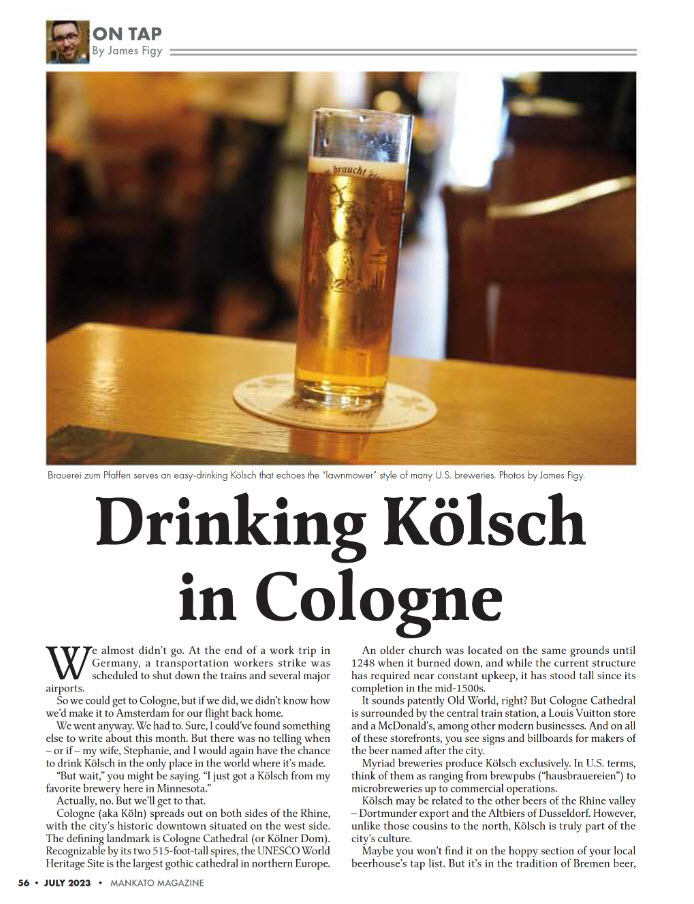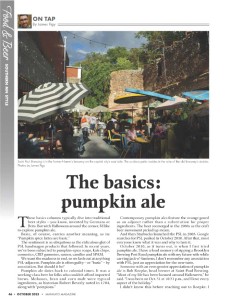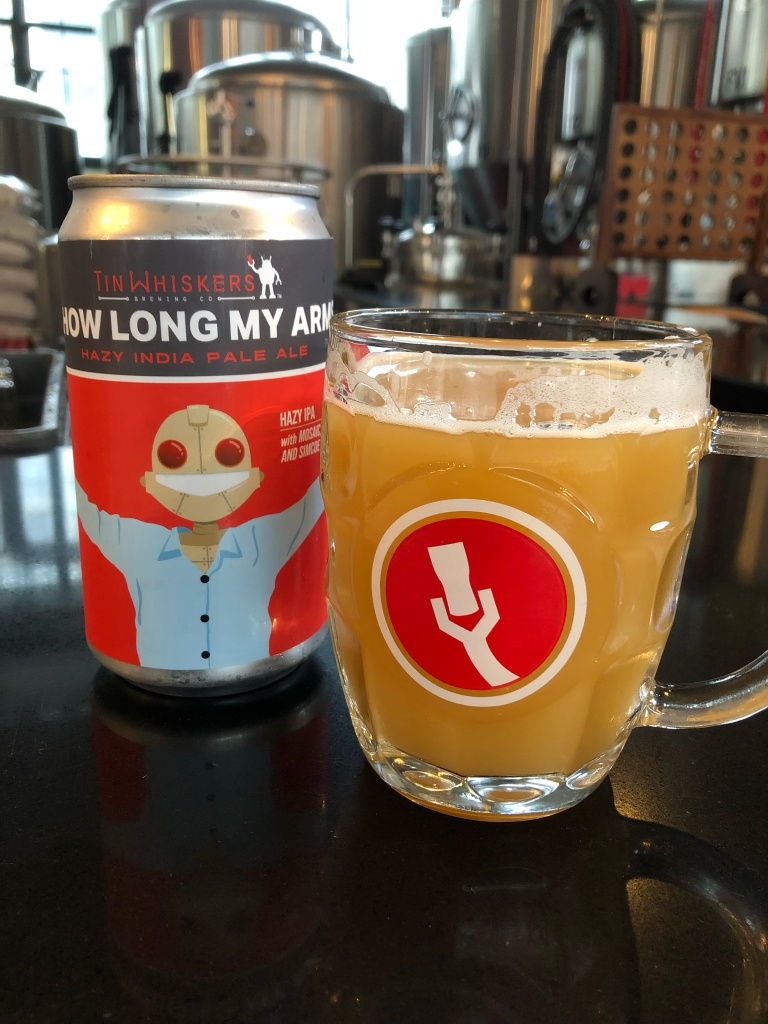
We almost didn’t go. At the end of a work trip in Germany, a transportation workers strike was scheduled to shut down the trains and several major airports.
So we could get to Cologne, but if we did, we didn’t know how we’d make it to Amsterdam for our flight back home.
We went anyway. We had to. Sure, I could’ve found something else to write about this month. But there was no telling when — or if — my wife, Stephanie, and I would again have the chance to drink Kölsch in the only place in the world where it’s made.

“But wait,” you might be saying. “I just got a Kölsch from my favorite brewery here in Minnesota.”
Actually, no. But we’ll get to that.
Cologne (aka Köln) spreads out on both sides of the Rhine, with the city’s historic downtown situated on the west side. The defining landmark is Cologne Cathedral (or Kölner Dom). Recognizable by its two 515-foot-tall spires, the UNESCO World Heritage Site is the largest gothic cathedral in northern Europe.
An older church was located on the same grounds until 1248 when it burned down, and while the current structure has required near constant upkeep, it has stood tall since its completion in the mid-1500s.
It sounds patently Old World, right? But Cologne Cathedral is surrounded by the central train station, a Louis Vuitton store and a McDonald’s, among other modern businesses. And on all of these storefronts, you see signs and billboards for makers of the beer named after the city.
Myriad breweries produce Kölsch exclusively. In U.S. terms, think of them as ranging from brewpubs (“hausbrauereien”) to microbreweries up to commercial operations.

Kölsch may be related to the other beers of the Rhine valley — Dortmunder export and the Altbiers of Dusseldorf. However, unlike those cousins to the north, Kölsch is truly part of the city’s culture.
Maybe you won’t find it on the hoppy section of your local beerhouse’s tap list. But it’s in the tradition of Bremen beer, which first popularized the use of hops for their enhanced flavor and longevity, as far back as the 12th century.
Then at the Kölsch Konvention in 1986, 24 beermakers in the city proper and outlying areas decreed true Kölsch can only be made in those environs. So like Champagne, Tequila and Scotch Whisky, this crisp, effervescent ale is a regionally protected beverage. Anything made beyond this area are merely “Kölsch-style” ales.
Drinking Kölsch in Cologne is an experience in itself. The bierhaus servers, aka köbes, are typically unamused middle-aged men wearing a uniform resembling an Olive Garden waiter’s. They come to your table, take your food order and present you with two options: Kölsch or no Kölsch. That’s the beer list.
Here, the humble paperboard coaster is a main character in the evening. The köbes place the coaster, known as a deckel, down and etch a tally mark for every beer served. And traditionally, they continue to bring pour after pour until you place the coaster atop your empty glass to signify you’re finished.

And oh, how they’re served! A 0.2-liter (about 7-ounce) stange glass provides the perfect, straight cylinder of a vessel for the clear, bright ale. Köbes bring these out in a round serving tray called a Kranz (German for “wreath”) that holds a dozen or so beers.
While the serving is rote, the beer itself isn’t monolithic. I tried to ferret out the brews you can’t find just anywhere in Germany (and the U.S.) like Früh, Reissdorf or Gaffel. It wasn’t difficult.
Our first stop was Brauerei zum Pfaffen just off the city’s historic market square, which dates back to 1176. The brewery itself isn’t that old. And we selected it mainly because it offered a highly reviewed vegetarian currywurst. The beer was 2.3 euros per glass, and tasted like many American adaptations: refreshing and light with slight hop bitterness and some minerality from the local water. We’d call it a “lawnmower” beer.
Next up was Brauerei zur Malzmühle, a couple of minutes’ walk south from Pfaffen. The host let us sit in a large booth that would be reserved starting in one hour. I assumed a beer tour group would be claiming the seats, because another U.S. group was occupying the next table over. Only in this regard did I find the first brewery superior.

The Malzmühler Kölsch was similarly refreshing but boasted a more pillowy head and the authentic mustiness associated with the style. Think flavors of melon or pear alongside the slight hop edge. It’s what makes Kölsch not just a palatable summer beer, but also a complex, damn tasty one.
And it’s a character not common in our “in the tradition” versions. Often, these are working to augment that Old World tang with added lime or other fruit flavoring. Of course, some Minnesota breweries do it justice. (Utepils’ Skölsch and Schell’s Lake Escape come to mind.)
During the trip, I also visited Berlin, Hanover and Verl, Germany, as well as Amsterdam. But not visiting Cologne would be unimaginable.
If we hadn’t gone, so many memories would be missing. And the little train challenges weren’t worth too much worry. As a local woman we met in a coffee shop, who had studied in Rhode Island, put it: “We Germans love our strikes, you know.”
Booking a bus ticket fixed everything, although we arrived in Amsterdam hours late due to traffic and the driver stopping for a smoke break. These inconveniences, and more, were worth it to drink Kölsch in Cologne.
James Figy is a writer and beer enthusiast based in St. Paul. In Mankato, he earned an MFA in creative writing from Minnesota State University and a World Beer Cruise captain’s jacket from Pub 500. Twitter and Instagram: @JamesBeered
This article originally appeared in the July 2023 issue of Mankato Magazine.





















